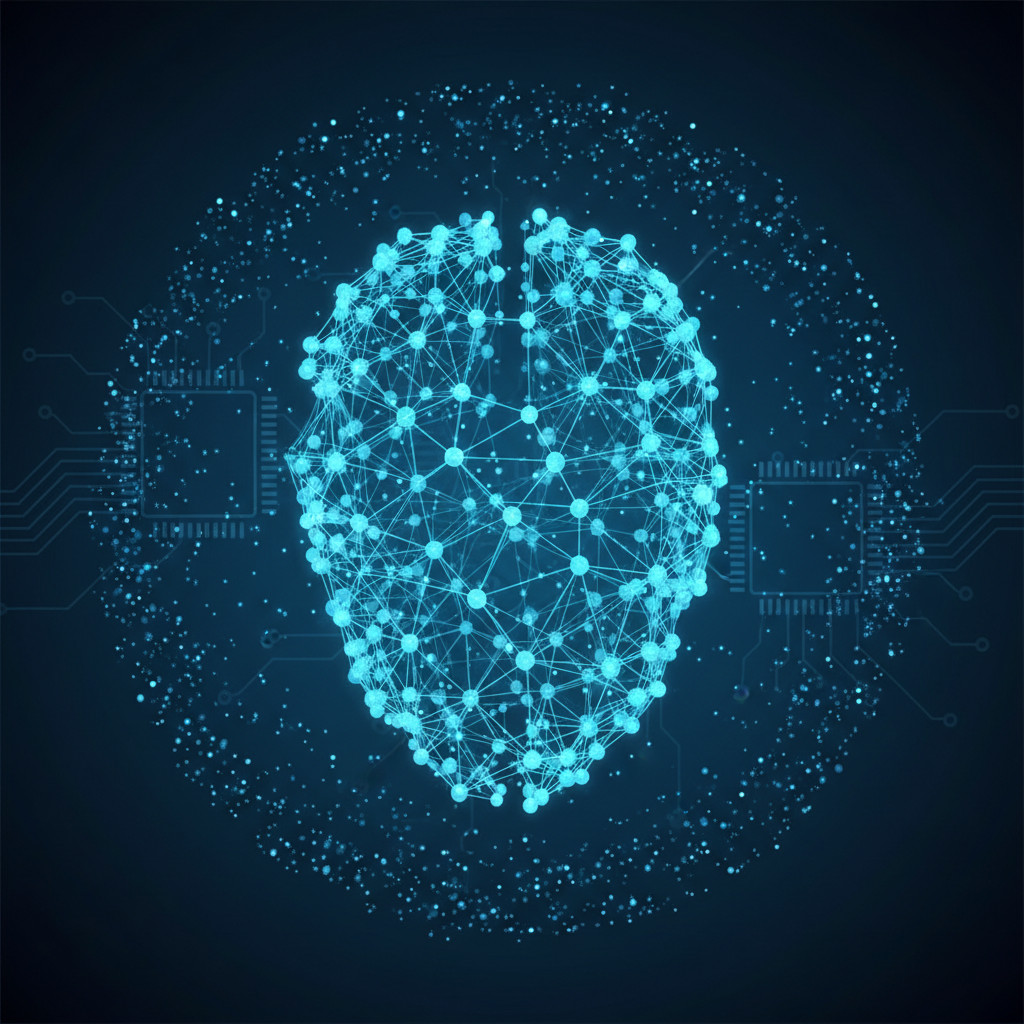Aardvark GPT-5 Agent: The Next Generation of Autonomous Security
The Aardvark GPT-5 Agent signals a leap in AI powered security analysis. Because it combines advanced language models with automated workflows, it can find and fix vulnerabilities faster than traditional tools. As a result, teams get fewer surprises and can prioritize high risk code.
AI agents act like tireless researchers. They read code, build threat models, test exploits in safe sandboxes, and suggest fixes. The Aardvark GPT-5 Agent represents the future of AI technology. It moves beyond alerts and actually closes the loop on patching.
What you will learn in this article
- Also learn how autonomous detection works and why it matters for software supply chain security
- Next see the four stage pipeline of analysis, commit scanning, validation and patching
- Additionally understand sandbox driven exploit confirmation and one click patch deployment
- See real world benchmarks and detection rates plus practical deployment tips
- Finally learn how OpenAI plans to support open source projects through coordinated disclosure
Read on to explore technical details, benchmark results, and real deployment scenarios that show why Aardvark changes how teams secure code.

Aardvark GPT-5 Agent functionality
Aardvark GPT-5 Agent condenses complex security tasks into simple automated workflows. Because it understands both natural language and code, it acts like a tireless security researcher. Therefore teams get prioritized, actionable fixes instead of raw alerts. As a result, developers spend less time triaging and more time shipping secure features.
Key capabilities
- Natural language understanding and code reasoning — reads comments, docs, and code to build context quickly
- Task automation and orchestration — runs scans, triggers sandbox tests, and files suggested fixes automatically
- Real time learning and feedback — improves with validation results and reduces false positives over time
- Threat modeling across a repository — maps assets, dataflows, and risky patterns for focused scanning
- Commit level scanning and change tracking — compares new commits against the threat model for precise detection
- Sandbox driven exploit confirmation — executes suspicious code in isolation to verify exploitability safely
- Patch generation with developer-friendly edits — drafts fixes ready for review and integrates with CI pipelines
In benchmark tests, Aardvark reached a 92 percent detection rate on prepared repositories. For context, thousands of CVEs appear yearly; see the National Vulnerability Database for details: National Vulnerability Database. Security teams also cross-check findings with MITRE CVE listings: MITRE CVE Listings. Additionally, researchers publish agent techniques and validations on arXiv for deeper study: arXiv Publications.
Because Aardvark ties detection to patching, it shortens remediation cycles. Next, teams can adopt it to scale secure development across projects.
| Agent | Speed | Accuracy | Learning ability | Application scope | Why it stands out |
|---|---|---|---|---|---|
| Aardvark GPT-5 Agent | Real-time commit scanning and CI friendly | High — 92 percent detection in benchmark tests | Continuous learning from validation feedback | End-to-end security: detection, validation, patching | Integrates sandbox testing and OpenAI Codex for one-click patches |
| GitHub Copilot (developer assistant) | Instant code suggestions during editing | Good for coding, not tuned for security | Personalized suggestions from usage data | Code completion and productivity | Excellent for developer workflow, but needs extra tooling for vulnerability confirmation |
| General-purpose LLM agents (GPT-4 family) | Variable, depends on orchestration and tooling | Strong general reasoning; lower security precision out of box | Fine-tuning possible; lacks built-in CI feedback loops | Broad tasks from writing to analysis | Flexible, but requires extra pipelines to match Aardvark’s security pipeline |
Because Aardvark ties accurate detection to automated patching and safe exploit verification, it excels at shortening remediation cycles and reducing developer overhead.
Real-world applications of Aardvark GPT-5 Agent
Aardvark GPT-5 Agent finds use across industries that rely on secure software. In e-commerce, it scans payment integrations and detects token handling bugs before attackers exploit them. As a result, merchants reduce fraud and downtime. For compliance, it highlights PCI relevant issues; see PCI Security Standards.
In healthcare, Aardvark spots vulnerabilities that could expose patient data. It also simulates exploits in sandboxes, therefore confirming risk without harming systems. Because healthcare apps often depend on legacy libraries, the agent helps prioritize high risk patches. Teams learn which modules need urgent attention.
Customer service platforms benefit when Aardvark prevents injection attacks in chatbots. It scans conversational flows and backend microservices. Additionally, it suggests fixes that developers can apply with one click. This reduces user-facing incidents and improves trust.
Financial services use Aardvark to protect transaction pipelines and API endpoints. It integrates with CI, so fixes enter the release flow quickly. For broader secure coding guidance, teams cross-check findings with OWASP resources: OWASP.
Open-source projects gain from OpenAI’s planned complimentary scanning. For context on known vulnerabilities, teams review public records at the National Vulnerability Database: National Vulnerability Database. Hypothetical example: a marketplace repo receives a suspicious commit. Aardvark scans the commit, confirms exploitability in a sandbox, and proposes a patch within minutes.
Therefore organizations cut mean time to remediation, reduce breach risk, and scale secure development.
Aardvark GPT-5 Agent brings detection, validation, and patching into one automated pipeline. It reduces mean time to remediation and scales secure development. Because it confirms exploits in sandboxes, teams gain actionable certainty. In benchmark tests it achieved a 92 percent detection rate on prepared repositories, showing strong practical value.
Velocity Plugins brings complementary expertise in AI-driven WooCommerce plugins, helping merchants harden stores and automate security workflows. As a result, e-commerce teams can combine Aardvark style agents with plugin-level protections. Explore Velocity Plugins solutions to integrate intelligent scanning and one-click remediation into your store: Velocity Plugins.
Finally, take action today to reduce risk, speed patching, and adopt AI-driven security that grows with your code.
Get started by contacting Velocity Plugins for tailored integrations and security consultations. Their team helps map AI agents into release pipelines, tune detection thresholds, and train teams. Visit their site and request a demo or consultation today now.
Frequently Asked Questions about Aardvark GPT-5 Agent
What is the Aardvark GPT-5 Agent?
Aardvark GPT-5 Agent is an autonomous security researcher built on GPT-5. It detects vulnerabilities, validates exploitability, and suggests patches. Moreover, it automates analysis, commit scanning, sandbox validation, and patch deployment.
How does it integrate with my development workflow?
It connects to source control and CI systems, scans commits in real time, and files suggested fixes. It also integrates with OpenAI Codex to draft deployable patches.
How accurate and safe is the agent?
In benchmark tests the agent detected 92 percent of prepared vulnerabilities. It verifies suspicious code by executing it inside isolated sandboxes to confirm exploitability, which reduces false positives and increases confidence in alerts.
Which industries benefit most?
E-commerce, healthcare, finance, and customer service see strong gains. For example, a marketplace avoids token leaks while hospitals protect patient records. Small and large teams alike scale security.
How do I get access and support?
Aardvark is in private beta and accepts applications. For implementation help, consult specialists like Velocity Plugins. They can integrate agents into pipelines and tune detection thresholds.



